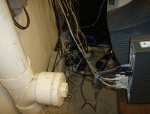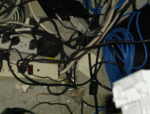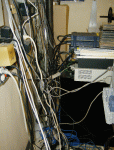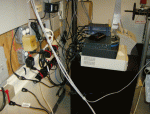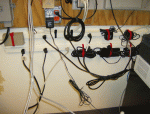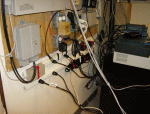- Location
- Lockport, IL
- Occupation
- Semi-Retired Electrical Engineer
I agree with Tom. But I will put things a different way. The coin will form part of a series circuit. That circuit will include the black wire, the coin, and the white wire. In any series circuit, the current is the same throughout.

